Sunflowers at the National Gallery

The National Gallery brings a little sunshine to London, brightening up our January blues with an exhibition displaying two of Van Gogh’s iconic sunflower paintings.
Sunflowers – one painted in 1888 belonging to the National Gallery in London, the other in 1889 from the Van Gogh Museum in Amsterdam – belong to the second series of paintings of the same subject, which Van Gogh produced at The Yellow House in Arles, in the south of France. The 1888 version was painted as a welcome gift to friend and fellow artist Paul Gauguin who would come to live and work with Van Gogh during that year.
Sunflowers represent flowers in all stages of life – from full bloom to withering, the colour yellow symbolising friendship and warmth, an expression that appears to foreshadow Van Gogh’s own decaying relationship with Gauguin. Gauguin would eventually leave Van Gogh for Paris in the winter of 1888, leading to a long period of depression, that infamous ear incident and his eventual breakdown.
The exhibition not only reunites Van Gogh’s masterpieces, it gives its viewers further insight into his choice of materials and techniques using x-ray images in a bid to provide the audience with a deeper understanding of the making and meaning of the series. Van Gogh fans will appreciate this added explanatory touch to the exhibition, giving us the perfect opportunity to experience together two of the most famous and symbolic paintings ever produced.
Nastassja Smart
The Sunflowers is at the National Gallery from 25th January to 27th April 2014. For further information or to book visit the gallery’s website here.

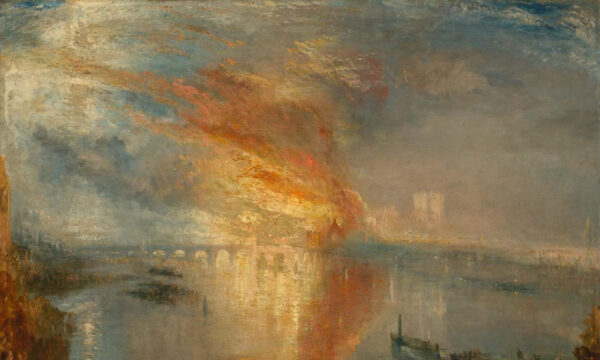
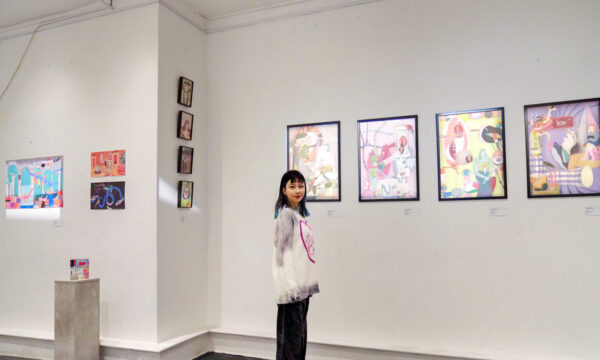
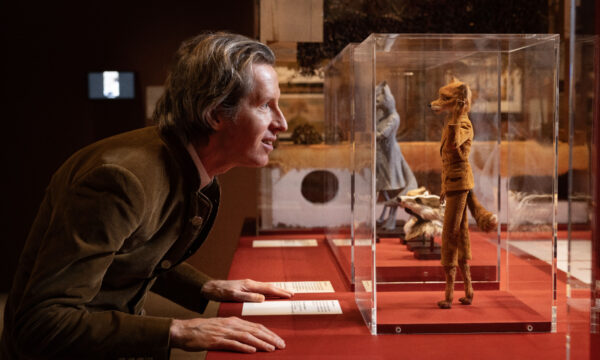
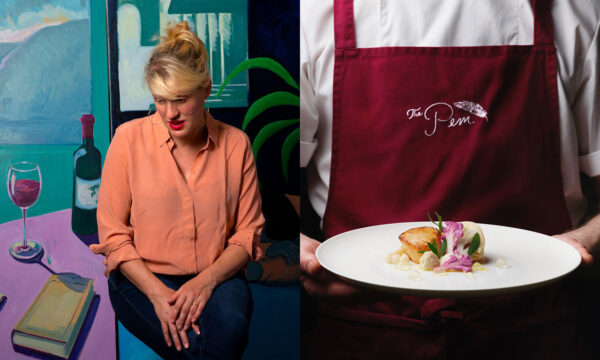
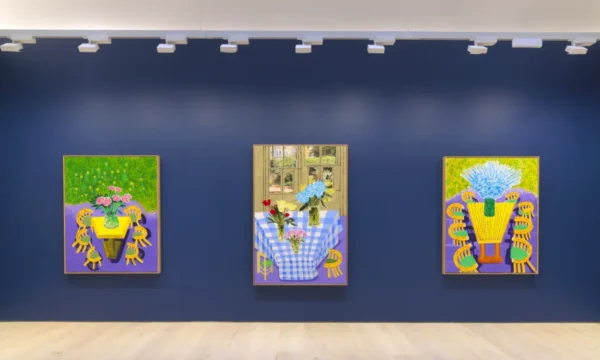
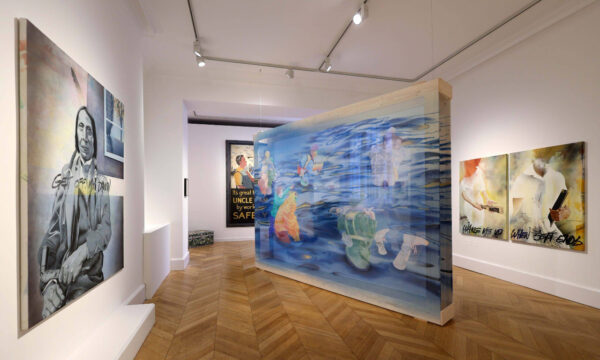
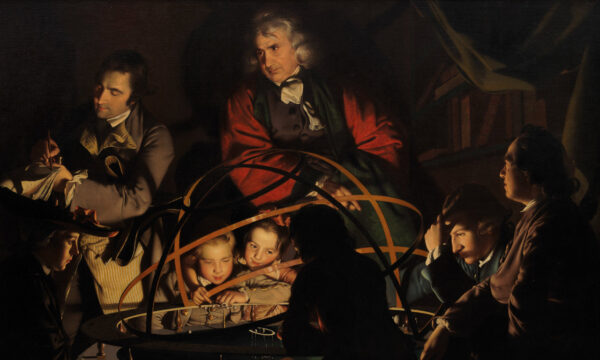
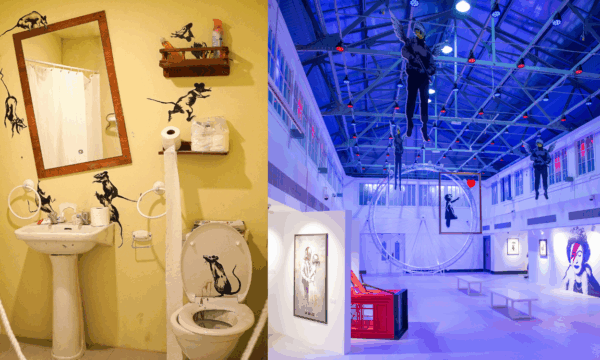
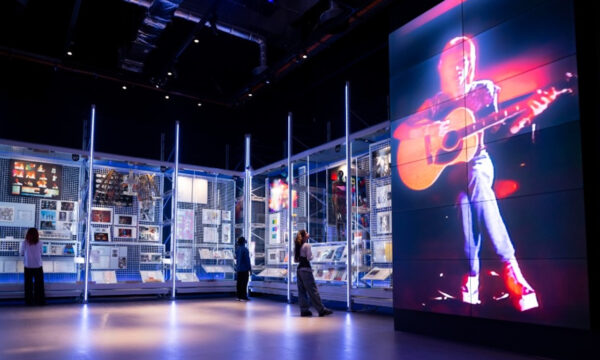

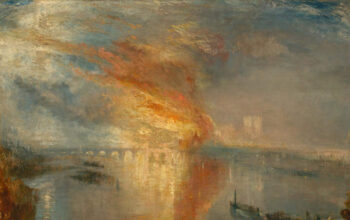







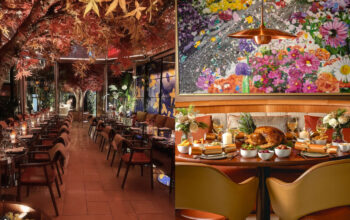





Facebook
Twitter
Instagram
YouTube
RSS